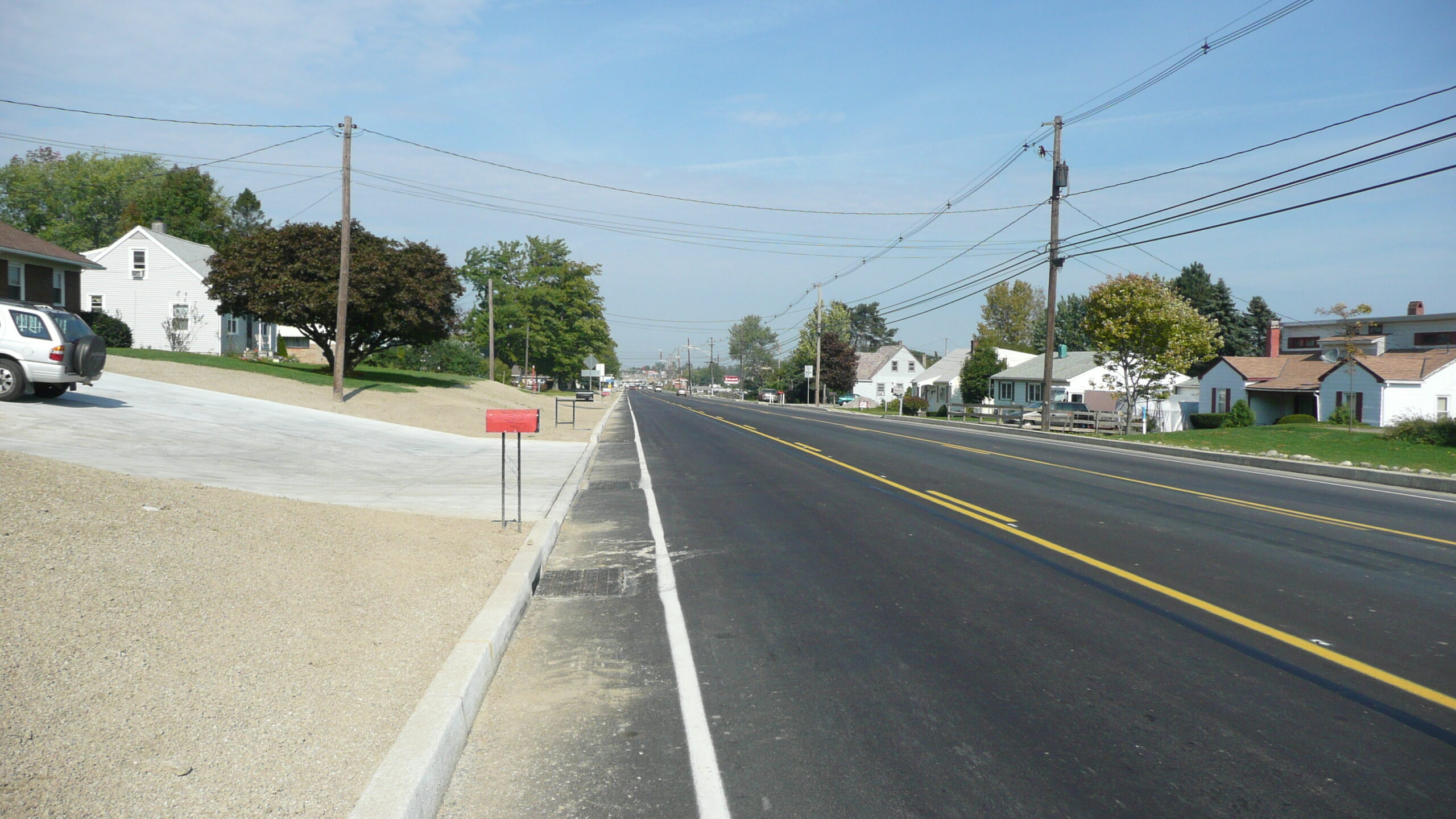 Washington preps for considered one of largest political protests in years Officials say they have made preparations to take care of a crowd as massive as 400,000 for Saturday’s Girls’s March on WashingtonTrump might be greeted by what could possibly be one of the largest political protests to come back to the capital in latest memory, marking a turbulent start to his administration. In accordance with gross domestic product (GDP) by trade statistics released by the Bureau of Economic Analysis, 20 of 22 trade groups contributed to the overall 3.5 p.c enhance in real GDP in the third quarter. Quarterly information: The U.S. current-account deficit decreased $5.3 billion to $113.0 billion (preliminary) in the third quarter of 2016.
Washington preps for considered one of largest political protests in years Officials say they have made preparations to take care of a crowd as massive as 400,000 for Saturday’s Girls’s March on WashingtonTrump might be greeted by what could possibly be one of the largest political protests to come back to the capital in latest memory, marking a turbulent start to his administration. In accordance with gross domestic product (GDP) by trade statistics released by the Bureau of Economic Analysis, 20 of 22 trade groups contributed to the overall 3.5 p.c enhance in real GDP in the third quarter. Quarterly information: The U.S. current-account deficit decreased $5.3 billion to $113.0 billion (preliminary) in the third quarter of 2016.
Real GDP by state development ranged from 4.3 p.c in Nebraska to -5.6 p.c in North Dakota. Annual information: Real gross domestic product (GDP) increased in 292 metropolitan areas in 2015, led by development in professional and business companies; wholesale and retail trade; and finance, insurance, real estate, rental and leasing. Collectively, real GDP for U. S. metropolitan areas increased 2.5 p.c in 2015 after rising 2.3 p.c in 2014. Quarterly information: State personal earnings development decelerated to 1.1 p.c on average in the third quarter of 2016 from 1.2 p.c in the second quarter. In 2015, PCE development ranged from 1.5 p.c in Wyoming to 5.0 p.c in Florida.
Personal earnings grew in every state in the second-quarter with development rates ranging from 0.4 p.c in Oklahoma to 1.4 p.c in South Dakota. State and Metropolitan area information: Real personal earnings across all regions rose by a median of 2.9 p.c in 2014. Annual information: Development in state personal consumption expenditures (PCE) – the measure of goods and companies purchased by or on behalf of households – decelerated to 3.6 p.c on average in 2015 from 4.4 p.c in 2014.
The American economic system appears to be in good health as Donald Trump prepares to turn into the 45th president of the United States. Economic situations had been far completely different when Barack Obama was sworn-in as president in January 2009. The recession slowed that summer season, but the economic system did not totally get well for many more months. Trump, then again, takes over an economic system that has added jobs in each of the past 75 months.
Mark Hamrick stories on economic news and is Washington Bureau Chief for the website He says Obama is leaving office with a powerful economic system. The building trade is one part of the economic system that added jobs underneath Obama and will continue to create jobs in the future. Yet, there are still some problems going through the new U.S. president and the economic system.

